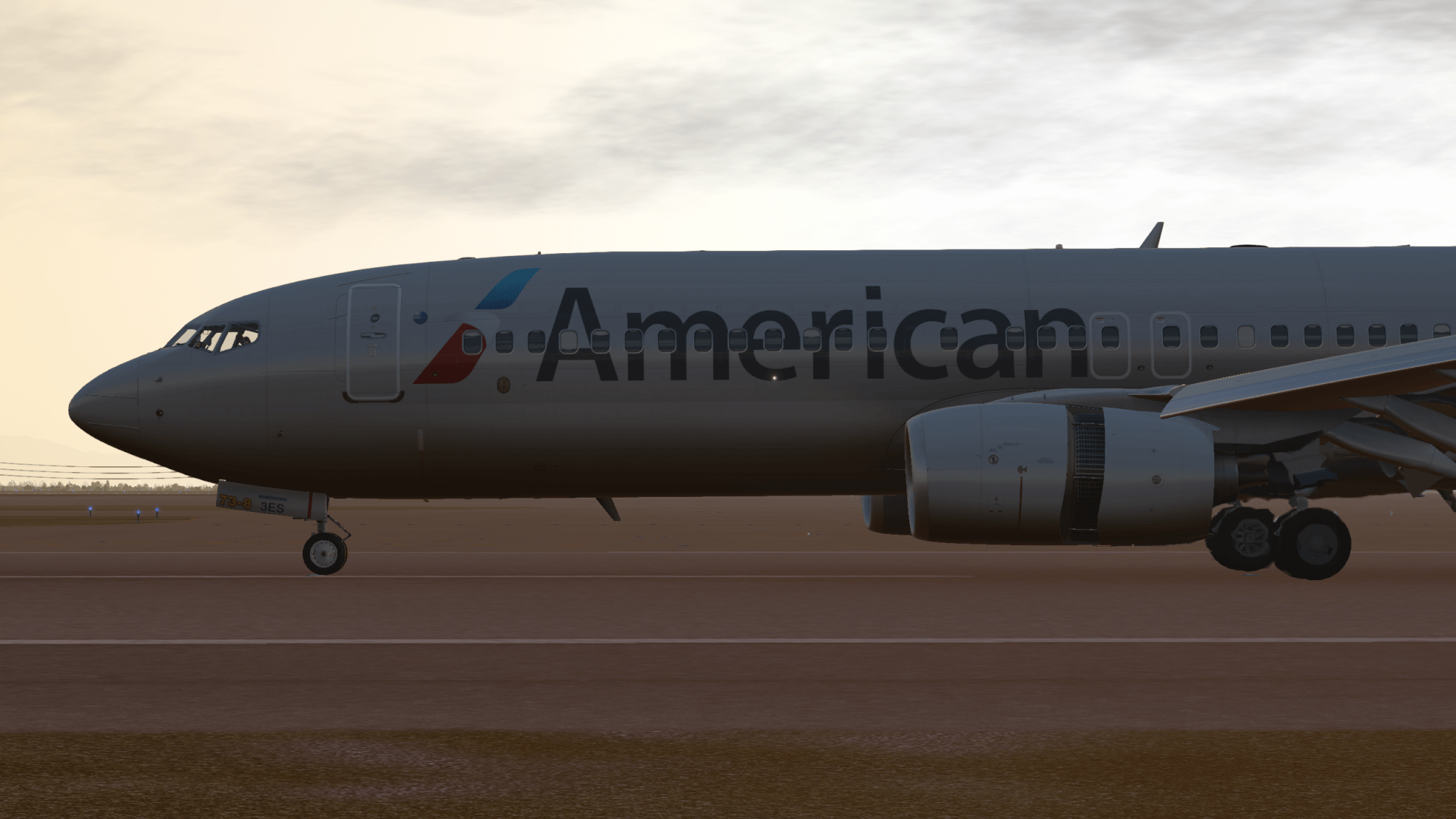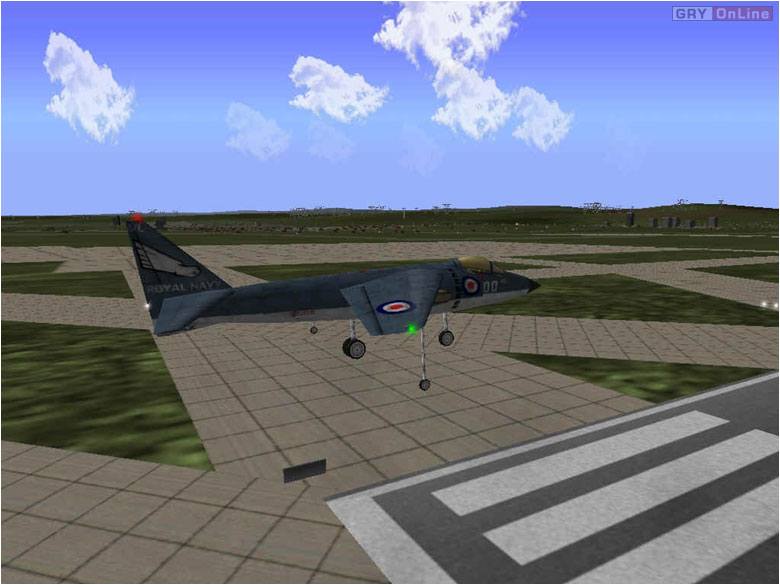
They are the only cards at the moment that the software doesn’t support outright, though their much-hyped “Larrabee” chip could change this. This is especially important for systems that barely meet the system requirements for RAM as it is-for instance, if the system has 1 GB of RAM, but 192 MB of that is being reserved for the video card, X-Plane only has 832 MB of system RAM to work with.Īlso, while Intel makes a fine CPU, their integrated video cards are, at the moment, awful for X-Plane. While this might give some performance increase, it is nowhere near as desirable as having a true 256 MB of RAM on the video card. It does this by “stealing” the other 192 MB from the system RAM. The video card itself may have only 64 MB of memory, while advertising that it “supports” 256 MB of RAM.

NVIDIA calls this TurboCache, while ATI calls it HyperMemory.

Regarding video RAM (VRAM, present on the video card), some cheaper video cards advertise having more memory than they actually do. This does not provide anything near the performance boost of using two discreet CPUs or a dual-core CPU. Hyperthreaded CPUs are little more than marketing “hype.” The old Pentium 4 Hyperthreading chips are really just one CPU pretending to be two. This eliminates the tenth of a second stutter usually associated with transitioning from one scenery file to another (which is still experienced when using a single-core processor). CPUs with multiple cores are useful because X-Plane will use that second core to load scenery while flying. Of course, a computer with 4 GB of RAM, a quad-core processor, and 2 GB of VRAM can be used and X-Plane will take full advantage of it.

Note, however, that when using Windows Vista, it is recommended that at least 2 GB of RAM be used.
#X plane v 9.0 mac os x#
The simulator will run on Mac OS X version 10.4 or later, Windows XP or Vista (both 32- and 64-bit), and Linux. 32MB VRAM (video memory on your video card).X-Plane 9 requires a computer with at least the following specifications:


 0 kommentar(er)
0 kommentar(er)
